他のメンバー : 深澤 浩洋 清水 諭 尾縣 貢 本間 三和子 河合 季信 武政 徹 竹越 一博 川上 康 河野一郎
他機関 : 勝田 隆 浅川 伸 赤間高雄 夏目 徹
キーワード: ドーピング、スポーツ・インテグリティ、アンチ・ドーピング教育、政策、文化
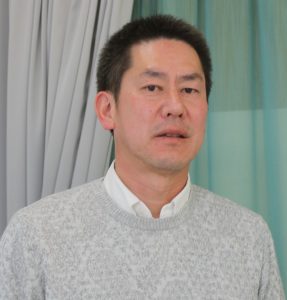
インタビューにこたえてくださった渡部厚一先生
2015年にロシアでのドーピング問題が明るみになって以降、アンチ・ドーピングの問題に世間の注目が集まっています。日本では、2013年にオリ・パラ東京大会招致が決定し、2020年東京大会開催に伴い、アンチ・ドーピングコンソーシアムが創設されるなど、国を挙げた一大プロジェクトとも言うべき規模の取り組みがなされるようになりました。
アンチ・ドーピング研究の目的は、ドーピング違反のアスリートの摘発だけでなく、アスリートの人権保護や規則遵守などの法学分野や、スポーツの価値を守るという教育・哲学分野、アンチ・ドーピング検査手法開発を行うスポーツ医科学分野など多岐に渡ります。多領域で連携し、スポーツのありかたを問いながら研究を進めています。
導入遺伝子由来のタンパク質の検出で、遺伝子ドーピングの抑制へ
現在、私たちのリサーチユニットでは遺伝子を導入して筋肉増強と修復を促す「遺伝子ドーピング」の検出に関する研究に注力しています。遺伝子ドーピングが行われると、発現するタンパク質は体内と全く同じため、発見が難しいとされています。
そこで、当リサーチユニットではまず、細胞や核内に遺伝子を運ぶ役をするベクターとしてアデノウイルス及びプラスミドを用いた遺伝子導入モデルマウスを作成しました。次に、モデルマウスが遺伝子ドーピングをしている証拠を、遺伝子の断片を増幅するPCR法を用いて、血液やフン等、様々な検体から検出することを試みた結果、血液1滴の中に、アデノウイルスベクター及びプラスミドベクターのDNA断片が多量に含まれていることを発見しました。同じ手法をヒトに応用できれば、遺伝子ドーピングの検出が十分に可能であると考えられます。
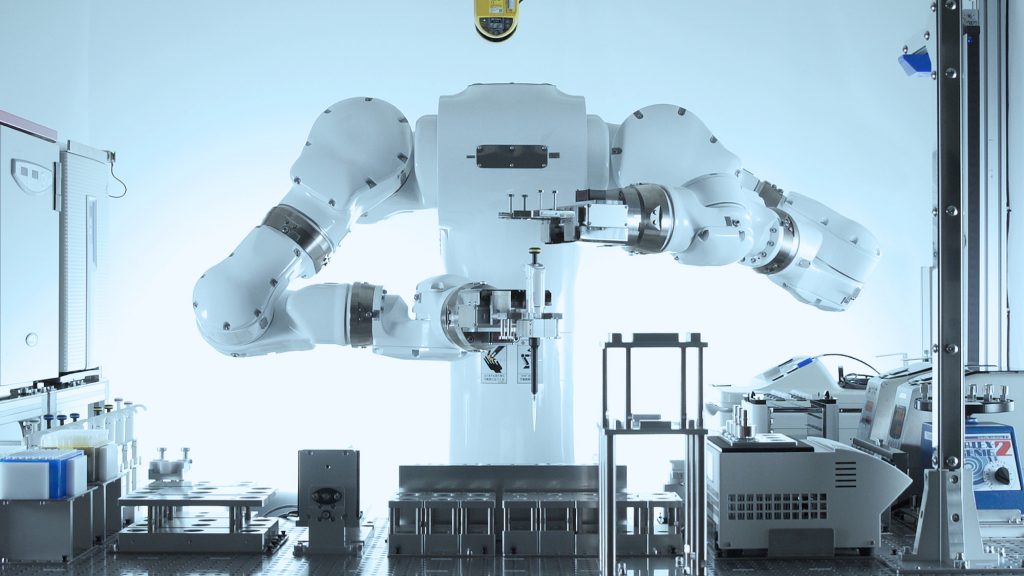
図1:遺伝子を検出する工程に導入されたロボット
また、遺伝子を検出するための工程をロボットにプログラムすることで、異物が混入する「コンタミネーション」を防ぐ研究も開始しています。これにより、検査工程の効率化を図るとともに偽陽性や偽陰性の確率を小さくすることが期待されています。
遺伝子ドーピングに関する研究以外でも、パフォーマンスを向上する物質の発見や、検査を受けるアスリートの負担軽減に留意した検査手法の開発を検討しています。
アスリートへの意識調査や啓発活動で、無知によるドーピングをゼロへ
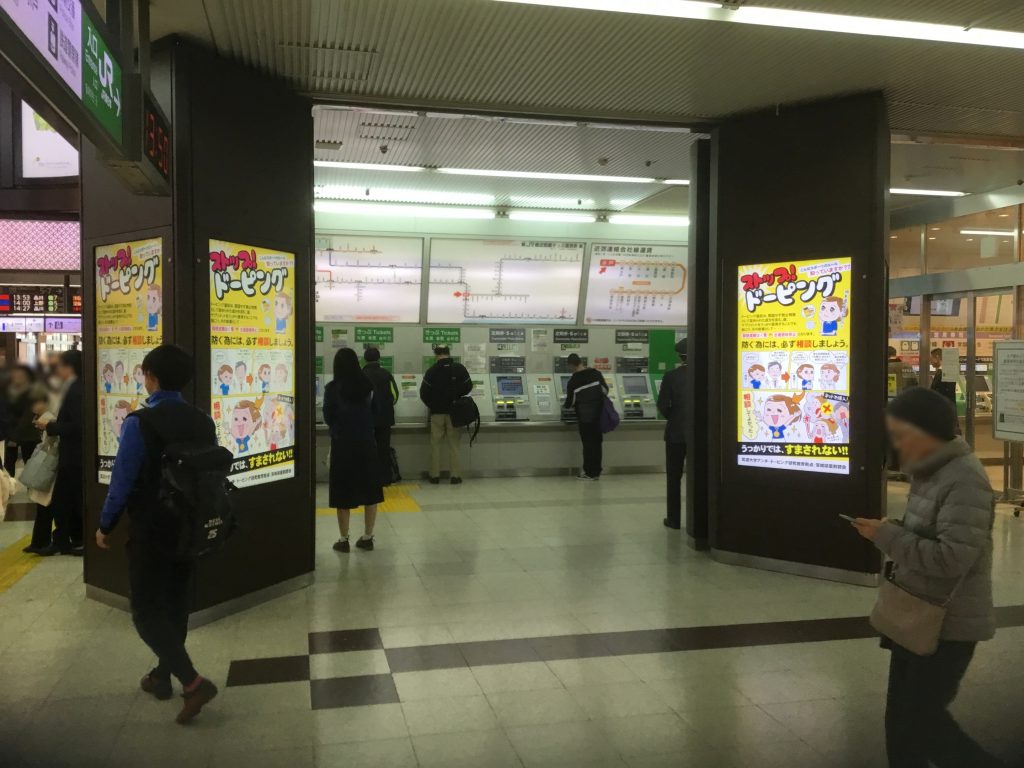
図2:水戸駅内デジタルサイネージへの広告展開
海外ではともかく、日本においてアスリートがドーピング検査で陽性になる原因の多くは、故意の使用ではなく、アンチ・ドーピングに関する知識不足にあります。現役のアスリートたちがアンチ・ドーピングの知識を得るための時間的・精神的余裕はほとんどなく、教育機会の有無は個々のコーチによる指導に委ねられている状態です。
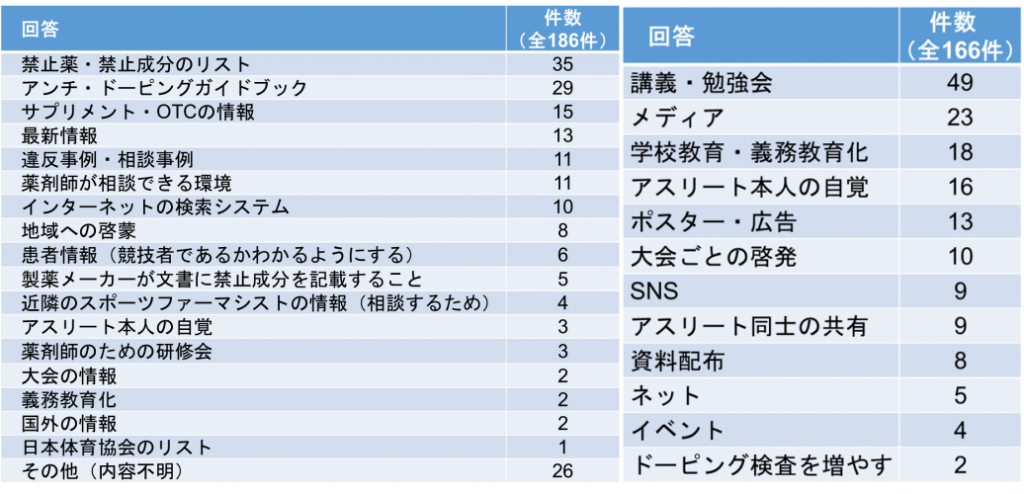
図3:薬局にとってアンチ・ドーピングに必要な情報(左)とアスリートにとってアンチ・ドーピングを広く浸透させるために必要なこと(右)
私たちは、無知による意図しないドーピングを根絶するために、アスリートに対する意識調査や教育プログラムの考案、啓発活動などにも積極的に取り組んでいます。また、我が国唯一の特徴である体育系と医学・医療系,人文・社会系を持つ大学であること、及び研究学園都市としての先端的研究環境をも生かした、アスリートのみに留まらない包括的なアンチ・ドーピング教育ツールの開発にも取り組んでいます。
社会への貢献・実績
-
アンチ・ドーピングに関する制度、政策、教育への貢献
-
アンチ・ドーピング研究・教育に係るデータベースの構築
-
茨城県体育協会及び茨城県薬剤師会と連携した国民体育大会主催にむけた県民向け啓発活動・茨城県内主要3駅でのデジタルサイネージ広告展開(2019年)
-
学内向け筑波大学附属図書館でのアンチ・ドーピング資料展示の実施(2015年~)
-
ジュニア世代を対象とした本学出身オリンピアン協力によるアンチ・ドーピング公開講座等(2016年~)
-
日本のアンチ・ドーピング政策の現状とその国際比較に関する調査(2015~2017年)
取材日:2020年2月28日
Detecting Gene Doping and Raising Anti-doping Awareness to Protect Athletes from Doping
Unit members : Fukasawa, Koyo Shimizu, Satoshi Ogata, Mitsugi Homma, Miwako Kawai, Toshinobu Takemasa, Tohru Takekoshi, Kazuhiro Kawakami, Yasushi Kono Ichiro
Other agencies : 勝田 隆 浅川 伸 AKAMA Takao Natsume Toru
Unit name: Anti-Doping Research and Education Initiative
Keywords: Doping, Integrity of Sport, Anti-Doping Education, Policy, Culture

Interview with Dr. Watanabe Koichi
Since the doping problem in Russia came to light in 2015, the issue of anti-doping has been attracting public attention. When it determined to invite the Olympic and Paralympic Games 2020 in Tokyo in 2013, Japan began to implement various large-scale anti-doping measures as a major national project, including establishing the Anti-doping Consortium.
Anti-doping research aims not only to expose doping violations, but also to fulfill a wide range of purposes, including: protecting athletes’ human rights and promoting compliance with relevant rules in the field of law, protecting the value of sports as part of education and philosophy, and developing anti-doping test methods for sports medicine and science. To develop insight into sports, we proceed with our research through interdisciplinary collaboration.
Reducing gene doping by detecting the transgene-fragments
We are currently concentrating on studies to detect “gene doping”, which promotes muscle strength, endurance and repair by gene transfer. Detection of gene doping is thought to be difficult, as proteins expressed by this method are the same as those in the body.
Therefore, we first created a model mouse for gene transfer using adenoviruses and plasmids as vectors to carry genes into cells and nuclei. Subsequently, we attempted to obtain evidence of gene doping in this model from various samples, such as blood and feces, using PCR to amplify gene fragments, and found that a drop of blood contained large amounts of DNA fragments belonging to the adenovirus and plasmid vectors. Applying this technique to humans, it may be sufficiently feasible to detect gene doping.

Figure 1: A robot performing the gene detection process
We also launched studies to prevent foreign-object “contamination” by programming a robot to perform the “gene doping” detection process. This is expected to improve the efficiency of the inspection process, and reduce false positive or negative rates.
In addition to those on gene doping, we also try to discover substances that improve performance, and develop testing methods which burden less to athletes.
Anti-doping surveys and promotions for the eradication of unintentional anti-doping rule violations for lack of anti-doping knowledge

Figure 2: Anti-doping promotion using digital signage displayed in Mito Station
Unlike another countries, most of anti-doping rule violations in Japan are unintentional and caused by lack of knowledge about anti-doping rules. Active athletes have very little time and headspace to learn about anti-doping, and opportunities for such education are up to individual coaches or sporting bodies at present.
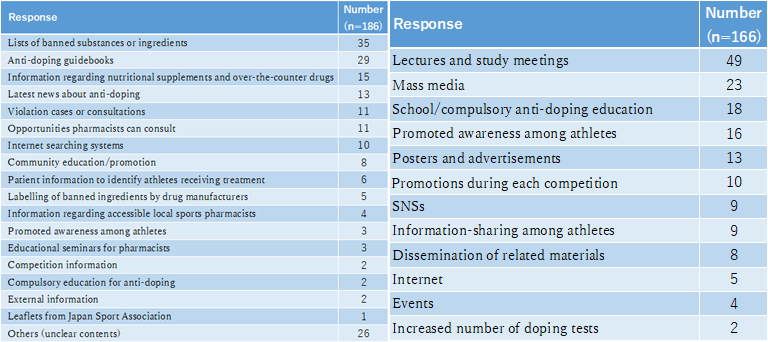
Figure 3: Pharmacists’ needs for anti-doping information (left) and athlete’s point of view about which is the most beneficial to strengthen anti-doping knowledge(right)
Aiming to eradicate unintentional doping for lack of knowledge, we actively conduct awareness surveys involving athletes, develop educational programs for them, and perform activities to raise their awareness. University of Tsukuba is the only university in Japan which has faculties of physical education, medicine, medical sciences, humanities, and society, and is located in an education- and advanced research-oriented city so that we can also develop tools for comprehensive anti-doping education not only for athletes, but also for other students.
Social contributions and achievements
-
Contributions to anti-doping institutions, political measures, and education
-
Database building for anti-doping research and education
-
Anti-doping promotions for Ibaraki Prefecture citizens hosting the National Sports Games in collaboration with the Ibaraki Amateur Sports Association and Ibaraki Pharmaceutical Association; promotions with digital signage displays at 3 major railway stations in Ibaraki (2019)
-
Anti-doping exhibition at the University Libraries (2015-)
-
Public lectures for junior generation in collaboration with alumni Olympians (2016-)
-
International research for comparing national Anti-doping programs (2015-2017)
Interviewed on Feb. 28, 2020
